Reimagined by the legendary Roberta & Ken Williams, textured with Substance 3D
Marcus: I’m Marcus Maximus Mera, and I’m the first artist to work with Ken and Roberta Williams on the Colossal Cave game. My background is a little different from most game designers. I come from high-end jewelry and apparel design and manufacturing experiences. I started using Rhino 3D software back in 2003 for the production of my jewelry and apparel designs. I then learned SubD modeling and sculpting with Zbrush and Blender.
Amber: I’m Amber Johnson. I’m a lead environment artist as well as the level designer on the team. I’ve worked in games since the mid to late 2000’s doing level design and environment art, but I’ve been working full-time as a professor recently. I like to pick up interesting side work in game development when it comes my way. Emily and I are friends outside of this project. I’ve done work for places she worked at before. She knew I was a fan of old Sierra games and recommended me for the project.
Emily: Hi! I’m Emily Compton, and I’ve made my game development career at a number of indie studios in the NYC area, like Muse Games and What Pumpkin. I specialize in animation, but I’m really more of a generalist. Colossal Cave 3D is a super neat project to be a part of; getting to work for the Williamses’ is so wild! I kind of pushed Amber to be on this project since it was very environment-heavy, and the team has grown so much since then! It’s kind of funny because the last game I worked on full-time was an indie game called Miasma Caves, so I guess cave games are kind of my thing these last few years!
James: Hey, my name’s James Carroll. My background is in freelance technical art and game development. I have done some work for Verizon, Aspiring Unicorn Games, and NeoCrux Ltd. On the team, I’ve been working full-time as a lead environment artist. I’ve also been doing some animation for our latest promotional trailer and tackling unique technical art challenges in the project.
Marcus: It started off that Ken Williams wanted to do an educational game and as I’m working with him he did come back to me and say that Roberta thought it would be a good idea for us to work on a game called Colossal Cave. It’s the game that Roberta first played and inspired her to create Mystery House which was the first game in the Sierra Online “Online Systems” catalog. I remember talking to Ken about the game and he was asking me if he thought that the kids today would play it. I said: “If Sierra was here today this game would be in virtual reality”. At that moment it was like a lightbulb went off.
Emily: Well, it’s one of the oldest adventure games and it’s one that basically started Ken and Roberta Williams down the path to game development history. It’s a classic that has been remade many, many times, but I think in this particular case there is a certain symmetry to the whole enterprise: this game is the genesis of their fame and also a nostalgic property to revisit late in their careers, functioning like bookends. I think part of the push for VR is that it is a pretty cutting-edge technology that’s recently been achieving more mass-market adoption, and if you take a very old style of computer game, the text adventure, and update it to a medium that is extremely immersive, you see such a delightful contrast and progression in the technology of games.
Marcus: Ken and Roberta initially were not interested in starting a new company. I would nudge them along the way, and the excitement and energy of game design helped pull them back in. The dream of a Sierra Online 2.0 had to come true. So I did whatever I could to make it happen. We needed a company to publish the game along the way, so we made a shortlist. I was telling Ken that since they are huge in boating, maybe something Nautical would be great. Then I asked him what the name of his boat is. He told me, “Cygnus.” I liked it and added it to the short list of company names. A few weeks later, Roberta named the new company Cygnus Entertainment.
Emily: I wasn’t here at the start, but I was actually scouted by Marcus, one of the first employees of the studio, who needed someone to retopologize a few of his game assets. A former coworker of mine introduced us, and I started on a freelance basis late last year. Marcus had me guessing at what the game was while I was working on the individual assets, and I was pretty surprised when I finally figured it out and got a call from Ken Williams! It went from a tiny handful of us to a full-fledged indie team in the span of a few months, and now we are a sizeable studio.
Marcus: The experience of working with Ken and Roberta has been a life changer for me. To be able to work in the video game industry at this level is just unbelievable. I mean I must’ve learned at least seven new software packages including Substance 3D Painter, coding, optimizing 3-D models, virtual reality games, and how they work. The list goes on and on and on. I would say that Ken and Roberta have learned mainly on the tech side because game design is pretty much the same as it was back in the 80s and 90s the only difference being the tech. The storytelling and what makes a game fun are mostly the same.
Amber: Playing Kings Quest games as a kid is one of the reasons I decided to go into game development. Since I’m the level designer, I’ve worked closely with Roberta to design the layout of the levels. It’s been wonderful to work with a designer as experienced as her. I appreciate her thoroughness with design to make sure what we are creating does justice to the original game. It has been great to be a part of her design process as she works through each of the areas. I have a greater appreciation of how much thought and story should go into the design process to make it the best experience possible for the player. I think one of the things they’ve discovered is how much more robust the industry is now. People are specialized in areas now that weren’t a thing in the past. The whole 3D art pipeline didn’t exist the way it is now back then.
James: Ken and Roberta are incredibly kind people to work with. They play off of each other really well– Ken has a driving personality and Roberta has a measured approach. Roberta is very good at seeing the game through the eyes of a player and she has a wonderful imagination. It’s sometimes challenging to match the technical aspects of the game with the depth of her imagination for the work. She considers things we never thought possible and really encourages us to get there.
Emily: It’s definitely been a cool experience. They are such lovely people to have as supervisors, and sometimes I forget how legendary they are when I’m just yammering on about tech stuff in our team chat. Roberta in particular is a super creative person, and being in brainstorming meetings with her, you can see her mind start to mull over various visual and design aspects. She amazes me with the breadth of her knowledge of history and art, and I can see the writer in her get to work to add an interesting flavor to every little detail in the source material. I think one of the things that working with her really drove home is the beauty of environmental storytelling, and letting the surroundings guide the narrative.
Marcus: So in the beginning, it was just me as the only artist. I would play the text game, go and Google certain words and grab different images that I could find and go through books of art and design, Dungeons & Dragons, and just grab as many references as I could and try to re-create whatever I saw in my head as I read the text. Since I was the only artist it was pretty much me just kind of roughing out the basic game map and putting out whatever kind of assets that were needed to make a playable game.
We needed to have some of that Sierra Roberta Williams flavor and there was definitely a back-and-forth between stylized cartoony to hyper-realistic but I think we found our own style through iteration.
Emily: Getting Roberta more involved as a creative director definitely propelled the visuals forward. What started as more of a tech experiment using a lot of store-bought assets quickly became a creative exercise, and we use her as our guiding star to help us navigate the challenge of converting simple text into lush visuals. In addition to this, we didn’t really have a dedicated concept or pre-production phase, so we relied a lot on mood boards and reference images to set the tone for the 3D art assets we create. We have so many Figma boards!
Marcus: By following the original source code as closely as possible, we definitely get the nostalgia going, but to obviously add Roberta Williams’s flavor and backstory as well as the fact that this is going from text to virtual reality is in itself a new experience for the game.
Amber: Playing the original game in the original format is crucial. How did it feel to play the game? What are crucial moments? We also have access to the original source code and comments that Roberta combed through and made design documents out of. Making sure the movement through the game matched the original was crucial. If you play the original game and leave in one direction into a new area, our game needed to match that.
With the visuals, we are able to help create new experiences. The original game does have descriptions of areas but is not as detailed as what you would normally put into a design document. There are a lot of contextual clues in those descriptions to help guide, but the details needed to be figured out. An example is the first scene in the game where you’re standing in the forest. There is some description about it, but as a level designer, I need to go into more detail. What season is it? Where on the planet does it take place (is it even on Earth?) What year does this take place? This directs the style of rocks, the type of plants, and even the look of the building. Environmental storytelling is very important to the game since it is meant to be exploratory.
James: We’re organized into two teams working on different regions simultaneously. As we build up our library of assets, we share those that are common throughout the game. Many of our artists use Blender and Substance 3D tools, some use ZBrush and Maya.
Emily: Amber and James each lead a team. We try to keep frequent communication and knowledge sharing within the whole team, giving each other tutorials and tips all the time. From the very beginning, the Substance 3D tools played a big role in the project, and I used Painter to tackle a lot of my initial freelance assignments. I use a ZBrush to Maya to Substance workflow, but we have a lot of Blender people on our team, and I’ve been dabbling in some of the helpful plugins the Blender community has made.
Marcus: For me as a beginner it absolutely helped me, especially with the process of baking high details information down onto a low poly model. It streamlined the whole process and it was super helpful to use resources from the Substance 3D Assets library.
Emily: I’ve used Substance Painter as my main texturing solution for a number of years now, and it’s great for baking sculpts down to game-ready assets and then making slick PBR textures for integration into Unity. I’ve been getting better at Designer—we have an artist on our team who is really skilled at Designer and he’s been helping us a lot. I enjoy the flexibility of its node-based workflow, and often I’ll make a material in Designer if I want a little more creative control, tweaking masks, and the density of different height effects. For making rock textures—of which this game has quite a few—the height map creation is really key. The other thing I love is the library of materials at our fingertips! Need a quick material to throw on? Check the Substance 3D Asset platform!
Amber: I consider myself to be an early adopter of Substance tools. I’ve been working with it since around 2015 when I started to teach it to my college students. I don’t think there’s another package out there that integrates as well as it does into the game art pipeline and that also has a great asset library. We’re not a giant studio so having access to the library of Substance materials has been crucial for us to be able to make high-end assets.
Since I primarily focus on the levels, I’ve been using Substance 3D Sampler the most on this project. It is one of the easiest ways to make tileable textures and iterate on them. In fact, I converted a few other artists on the team to that software for that purpose. Sticking to one texturing pipeline has been helpful in making sure all of our files are homogenous. I set up export settings for all of the Substance tools to make sure our textures are packed and named the same.
James: The main advantages to using Substance 3D are the material-first workflow, texture projection, and ease of baking maps from high to low poly. We often sculpt unique assets and then bake that curvature data back down into the base color due to shader limitations. This allows us to give things like carvings and rock edge wear that extra pop.
Marcus: For me, the key thing is the user’s experience inside the world you’re creating. It’s mind-blowing the first time you experience it. Every time you make the art, you have to test it out in VR because it looks different from what it is on screen. It depends on which platform you’re designing for. If you are designing for the Meta Quest 2, you have to start with basic geometry and shapes, slowly move the polygon count up, and keep checking your stats to ensure that you are not breaking the game.
Emily: I think one of the most important things is to keep in mind the sense of scale you want to evoke. Is a space tight or vast? Does the Cobblecrawl really feel like a crawl? Environments that you might be able to fake a bit on PC, you really have to make sure to have a very precise human scale to them, because your player is not just going to be looking at them, but actually inhabiting them. That said, we are actually hoping to port it to a bunch of platforms, but we make sure we optimize our environments for the VR experience first.
Amber: You have to be aware of the hardware limitations on VR and build in time to balance performance versus art fidelity. We are also trying to be conscious of making sure the environments don’t look too much like a theme park ride. You look at things stereoscopically in VR. If you are trying to fake things with flat planes it becomes very obvious they are flat planes.
Marcus: Right now the team is working on an up-res version for the PC. It includes texture resolution, adding more objects in the scene for decoration and definitely making the game look the best it possibly can, and pushing the limits of the graphics cards.
Future explorations with Substance 3D
Emily: I’m very interested in Adobe’s forays into the modeling and rendering space. I signed up for the Modeler beta, and I’m so, so excited to try experiments in VR sculpting. I have my Quest 2 on my desk just waiting to go. Also, I hope someday to add movement to my 3D characters right in my Adobe suite, but that might just be the animator in me talking!
Amber: I’m also looking forward to trying out Substance 3D Modeler. I would like to see a little more integration with Photoshop myself. There are times I need to export materials out of Painter to take into Photoshop to tweak that would be too hard to do natively in Painter.
Marcus: Adobe’s tools are great! I utilize a combination of Photoshop, Illustrator, After Effects, Premier Pro, and Substance 3D Painter. All of these tools are invaluable to me, and I use them on a daily basis.
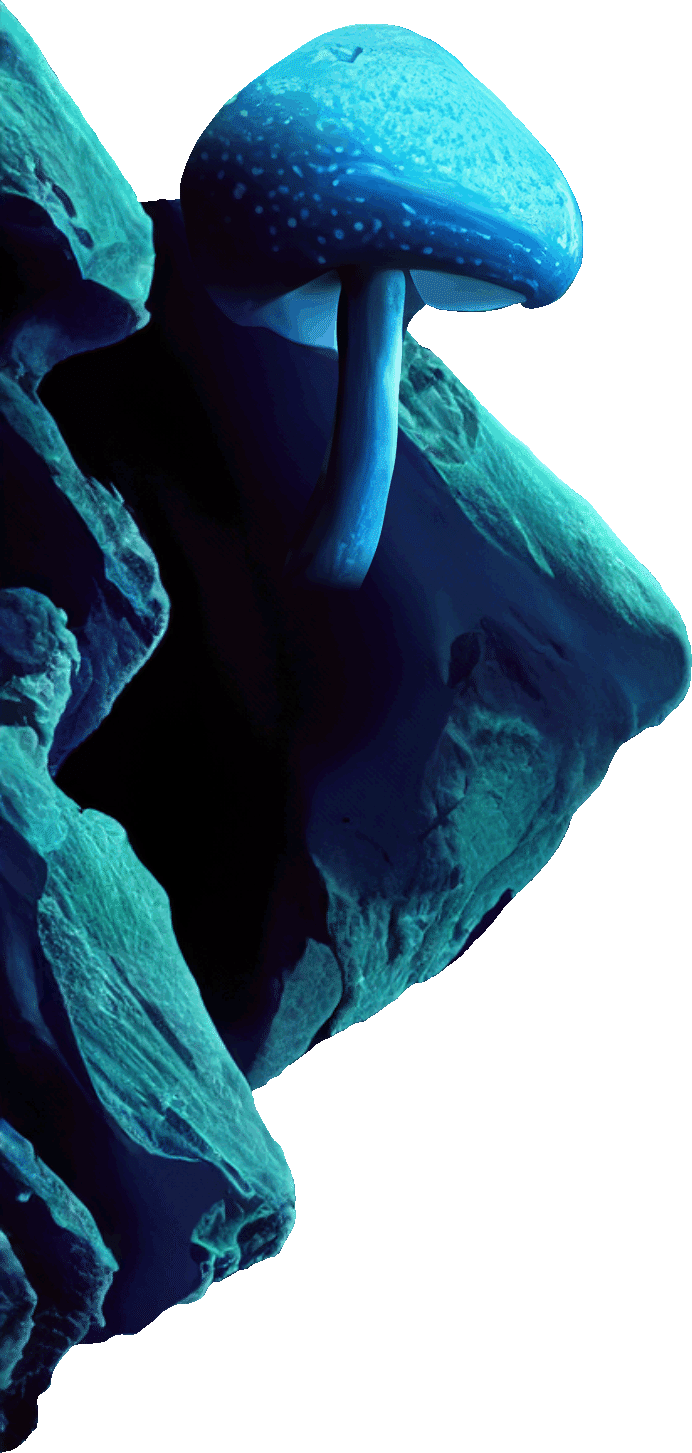
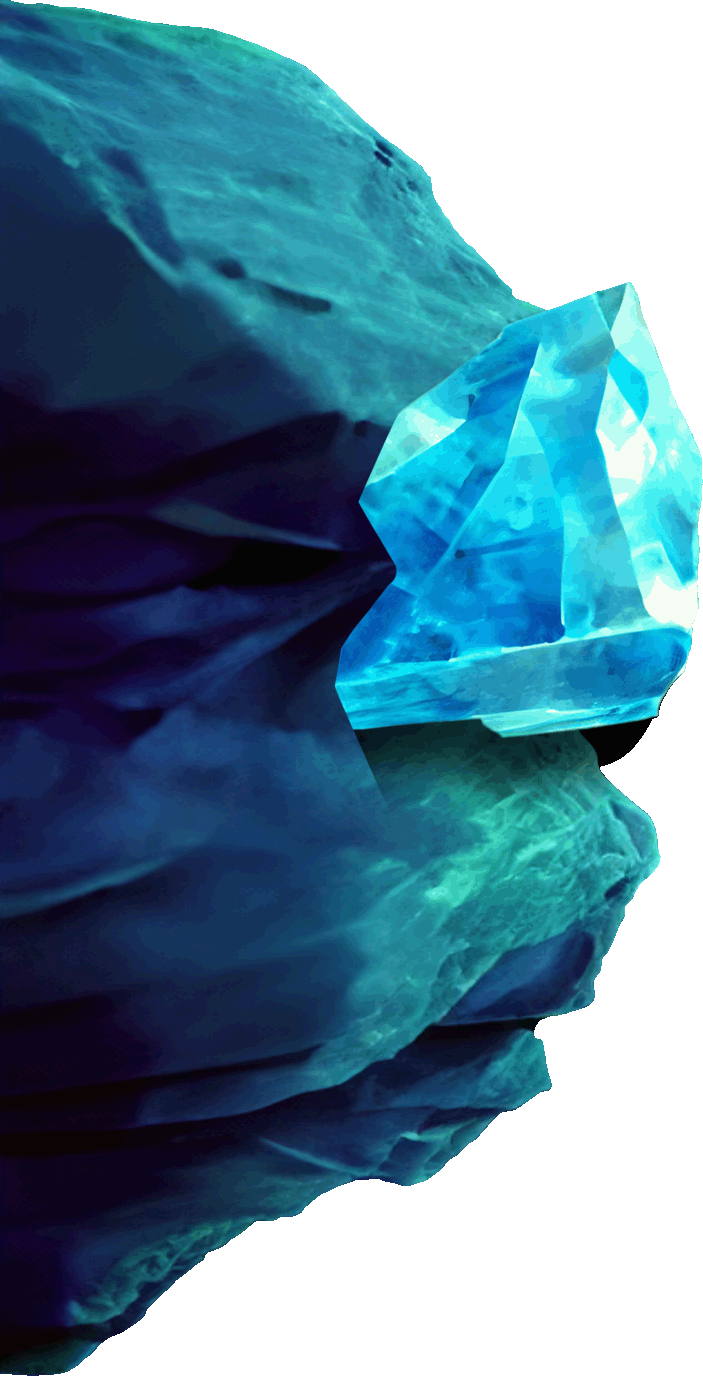

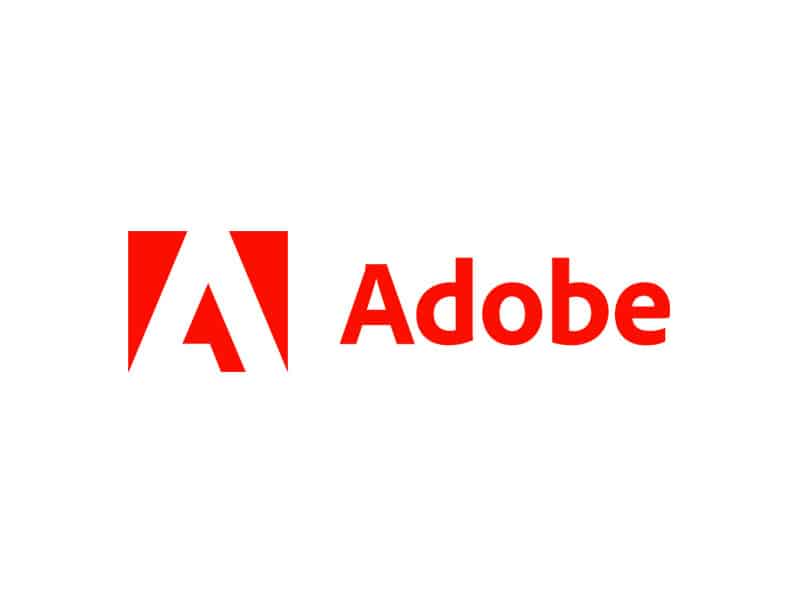

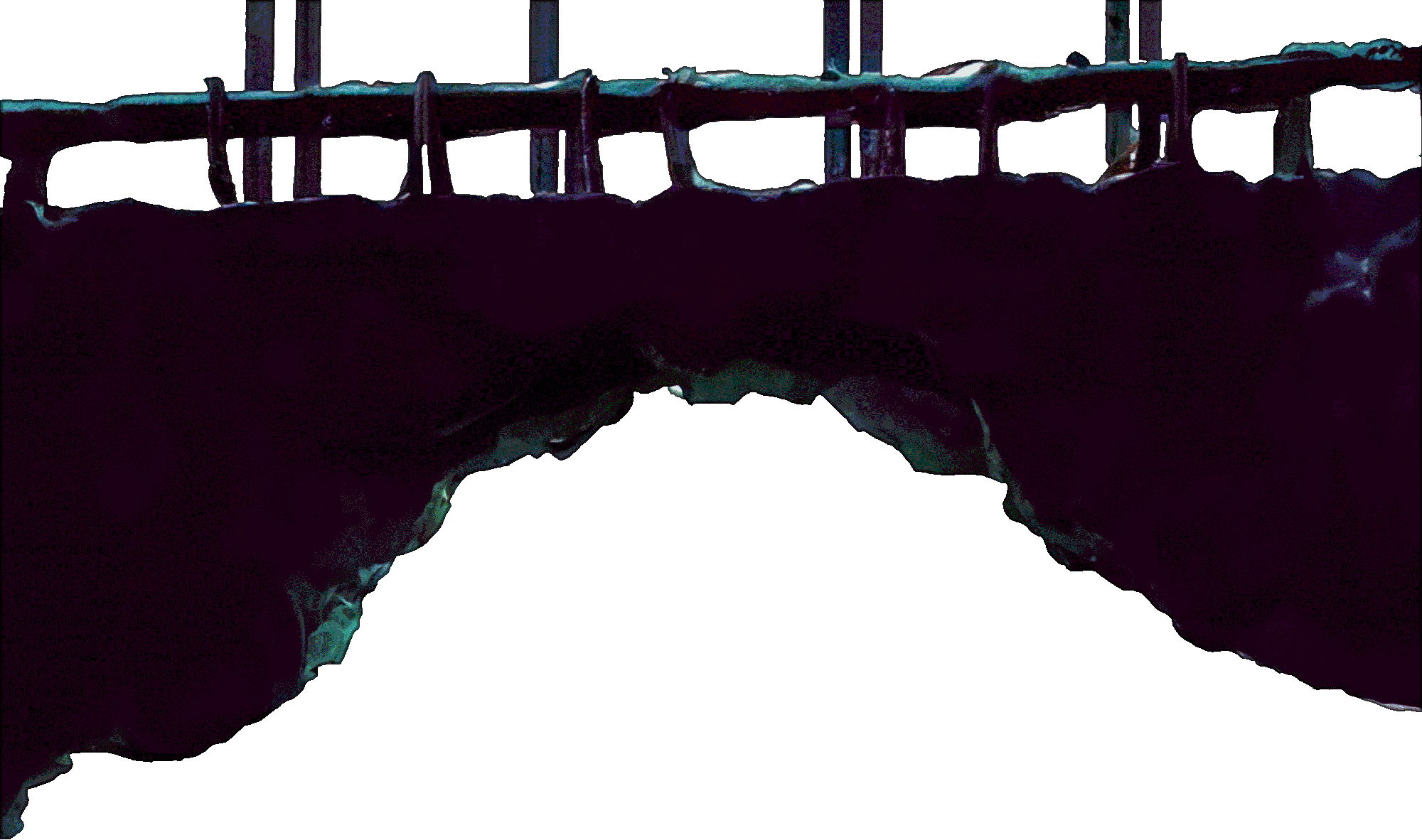
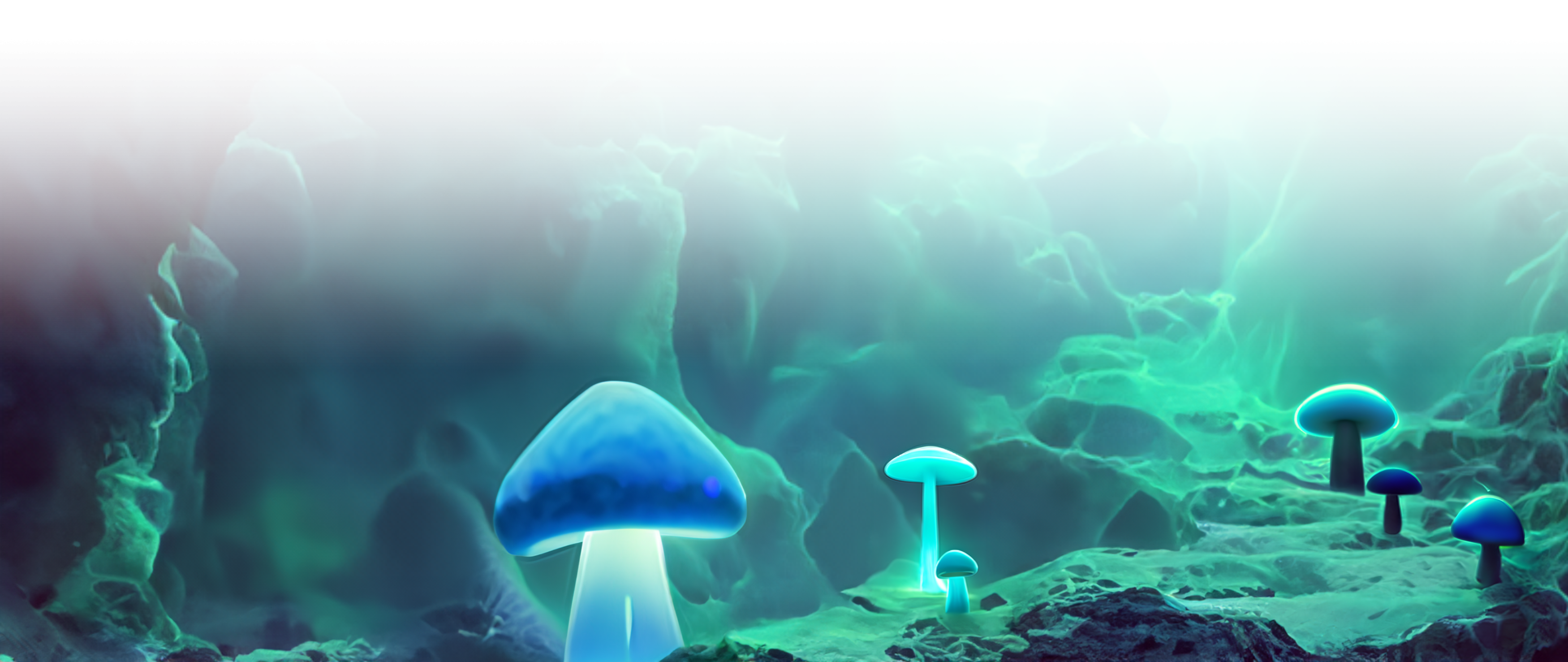
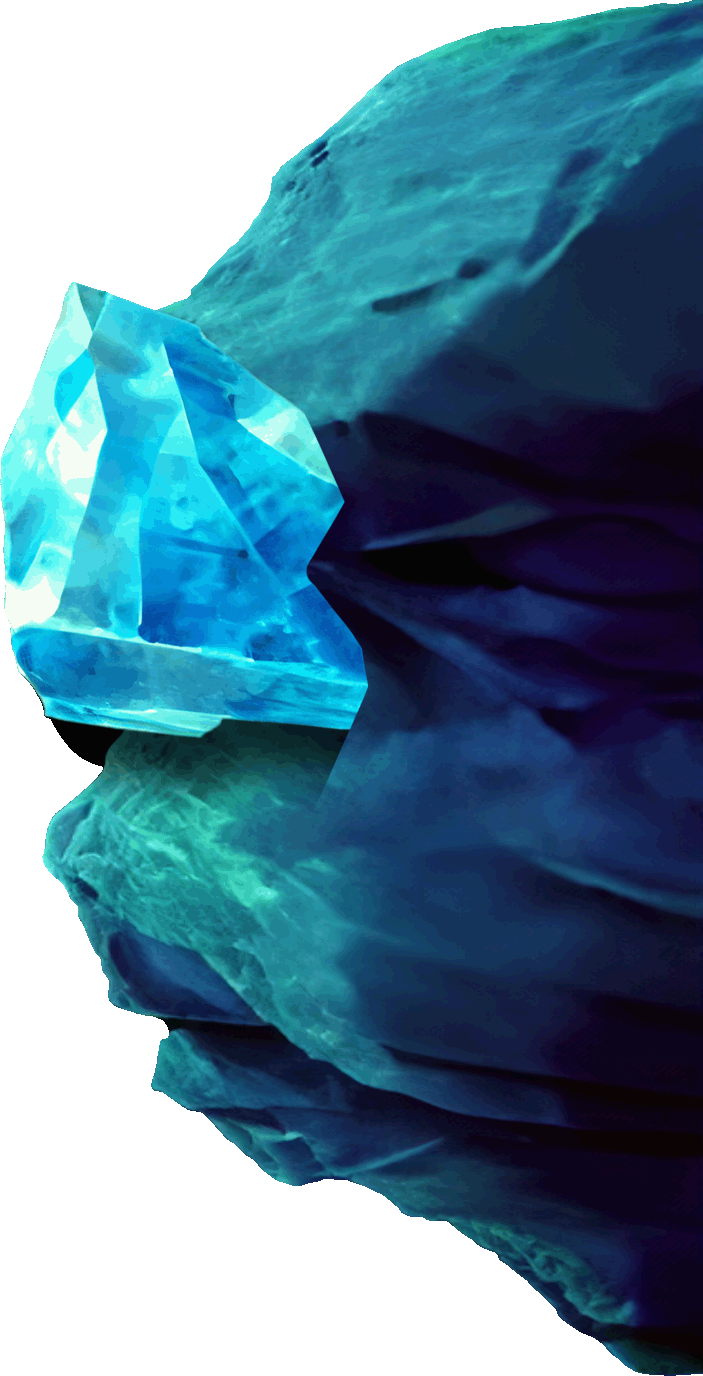

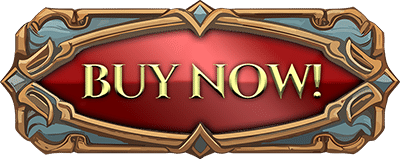
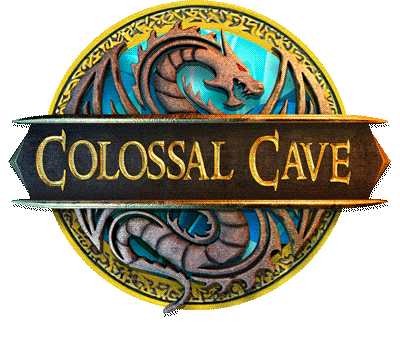
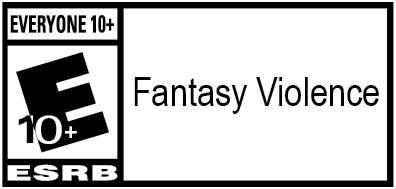


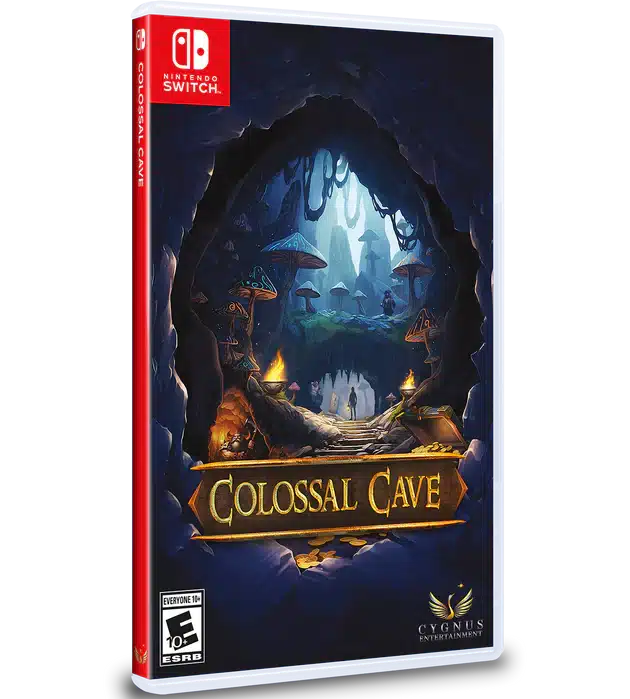
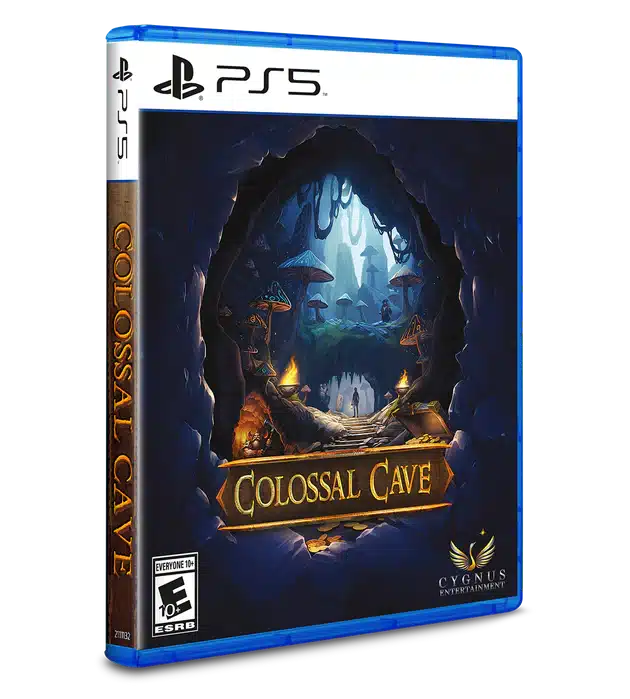
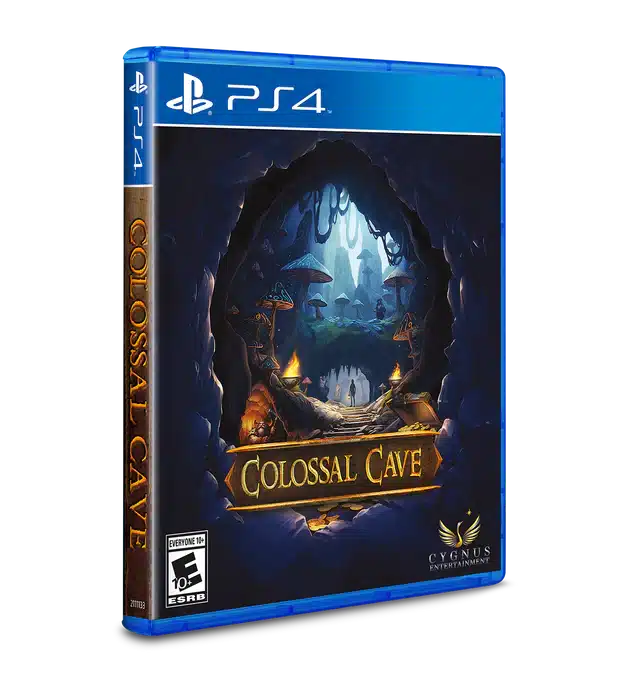
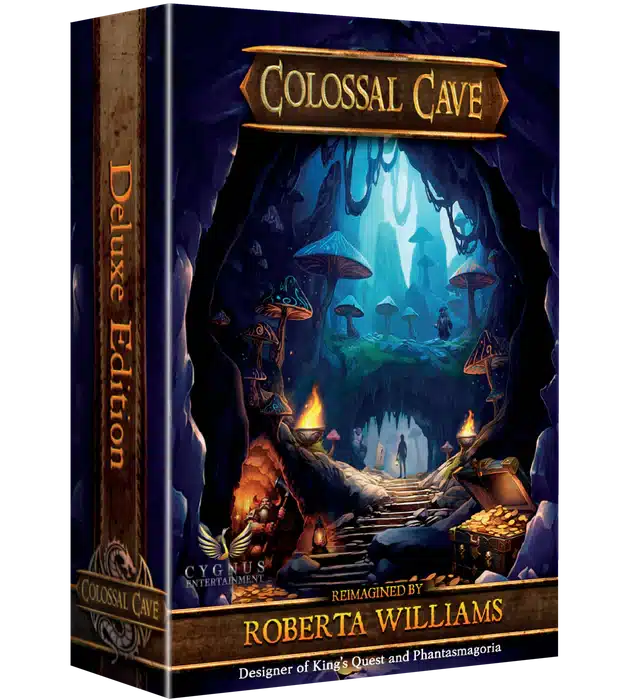

2 Responses
When is the VR version coming out?
It’s out now on Quest 2, and coming soon on PC VR (Steam VR), and in March on PSVR2
-Ken W